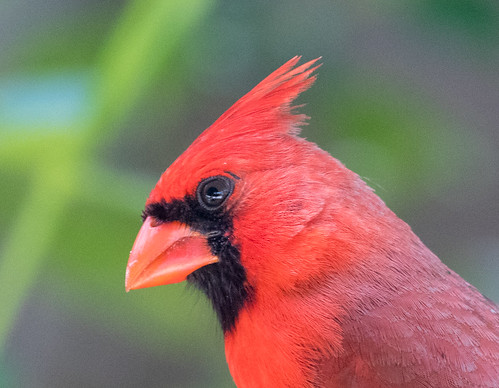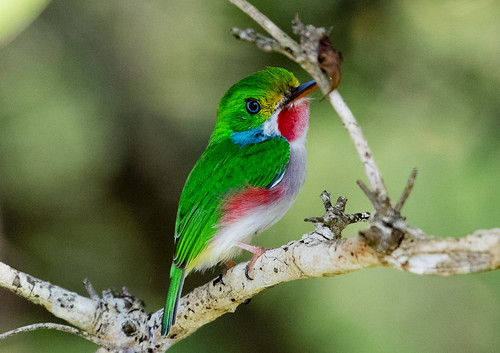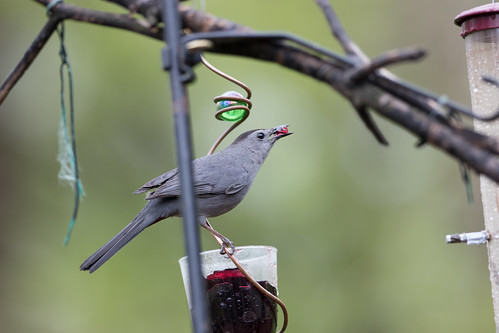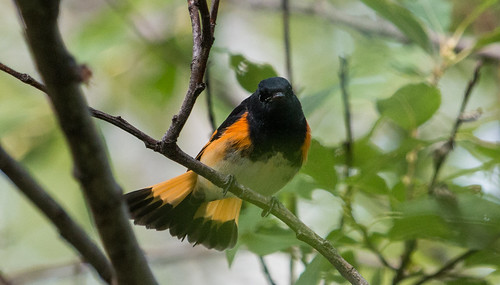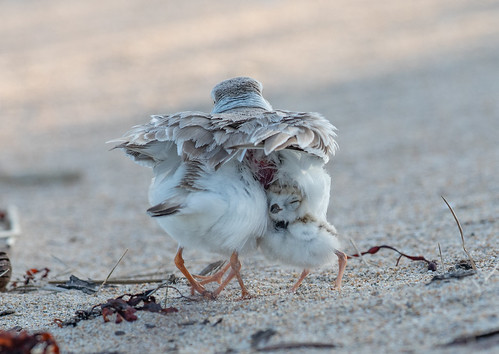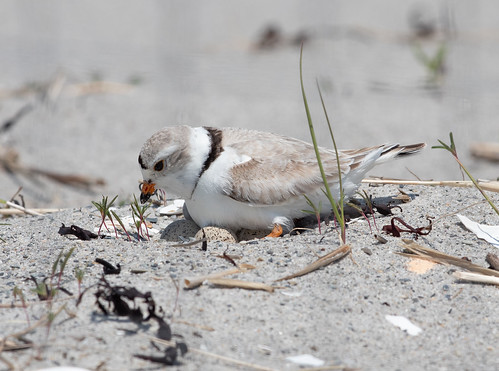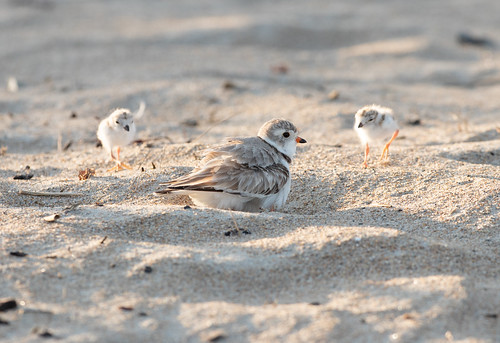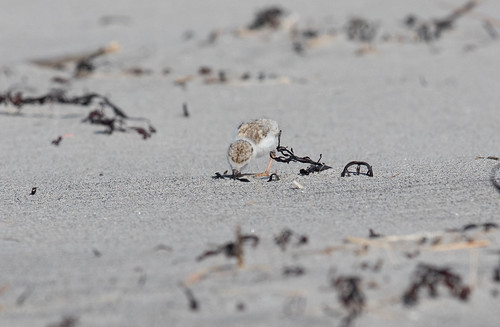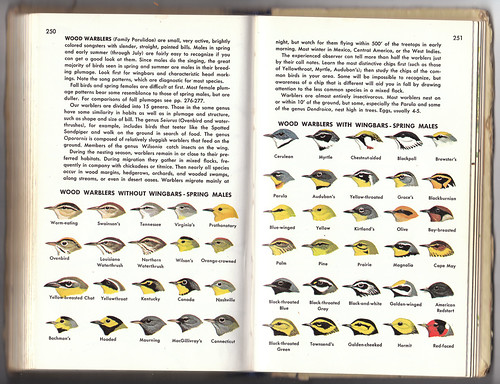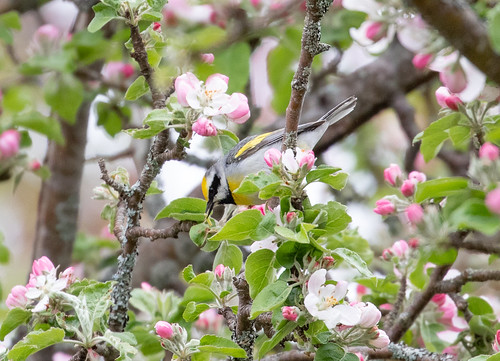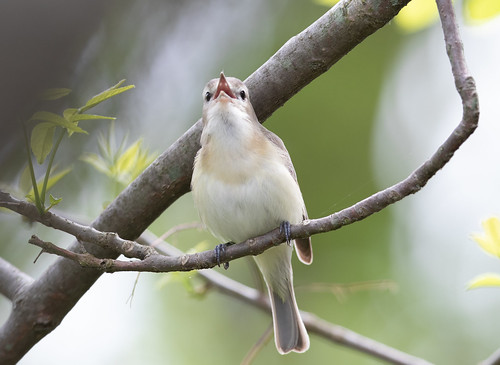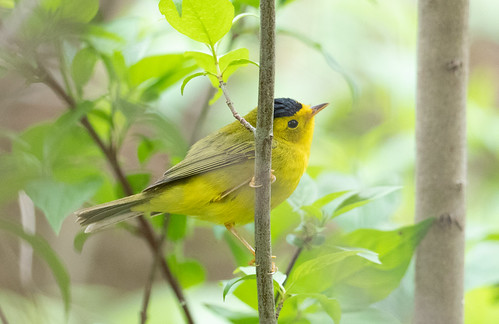On June 20, the New York Times ran a story about a 103-year-old woman, born February 10, 1916, who holds the record for the 100-meter dash among centenarians. In 2017, Julia Hawkins ran the 100-meter dash at the National Senior Races in Albuquerque in 39.62 seconds. She ran both the 50- and 100-meter dashes this year, winning gold in both, and though she was 6 seconds off her record-setting time in the 100, she reminded the New York Times reporter that “I’m two years older, remember?”
She gave the paper a wonderful interview, but what stuck with me was her final advice on what most contributes to her longevity:
Keep yourself in good shape if you can. Have many passions. And look for magic moments. That is something that I have done in my life — think of the things that are magic moments that happen to you, like sunsets and sunrises, rainbows, beautiful birds, music and people’s lovely comments to you. All of those are magic moments and they are free for all. Be sure to keep your eye open for them.You don’t need to be a birder to feel the magic of seeing beautiful birds, and I’ve known some birders who have seen thousands of bird species without seeming to notice magic or beauty. But when we open our eyes, ears, and hearts to birds, they do confer a kind of magic over our lives.
For some reason, a great many people think of birdwatching as entertainment for retirees, especially those with nothing better to do than look out the window at our bird feeders, and stories about 103-year-olds enjoying birds probably don’t do anything to dispel that stereotype. I started in my early 20s, and so immediately started out with a cohort of birders my own age and was mystified why so many non-birders associated birding with being elderly, even as those of us in local bird clubs tried hard to get more young people on our boards and committees. Now we are indeed of retirement age, and there’s still this perception that birding is something boring for old people. When movies come out with a birding them, even those starring a big name actor, they’re either ignored by mainstream movie reviewers, as happened with A Birder’s Guide to Everything, which featured Ben Kingsley, or ridiculed by them, as happened with Blair Brown and John Belushi’s Continental Divide, or Jack Black, Steve Martin, and Owen Wilson’s more recent The Big Year.
But things seem to be changing. The New York Times and other mainstream publications are running stories about young people, and people of diverse backgrounds and cultures, taking up birding. And there are also more and more stories making the mainstream news about how spending time in nature, and even specifically taking up birding, can be restorative and healthy. This year, several news outlets have published articles about the health benefits of birdwatching, including mainstream news sites and health and fitness publications.
I know that my focus on birds and my need to quickly get back outside watching them helped my recovery from both a heart attack and breast cancer surgery. The vast majority of birders won’t live nearly 103 years, and my family history as well as my personal health history set my own life expectancy much lower than that. But that doesn’t matter. For those of us who stop to notice and deeply enjoy birds, the years we do live, however many or few, are marked with fun, serenity, and joy.
